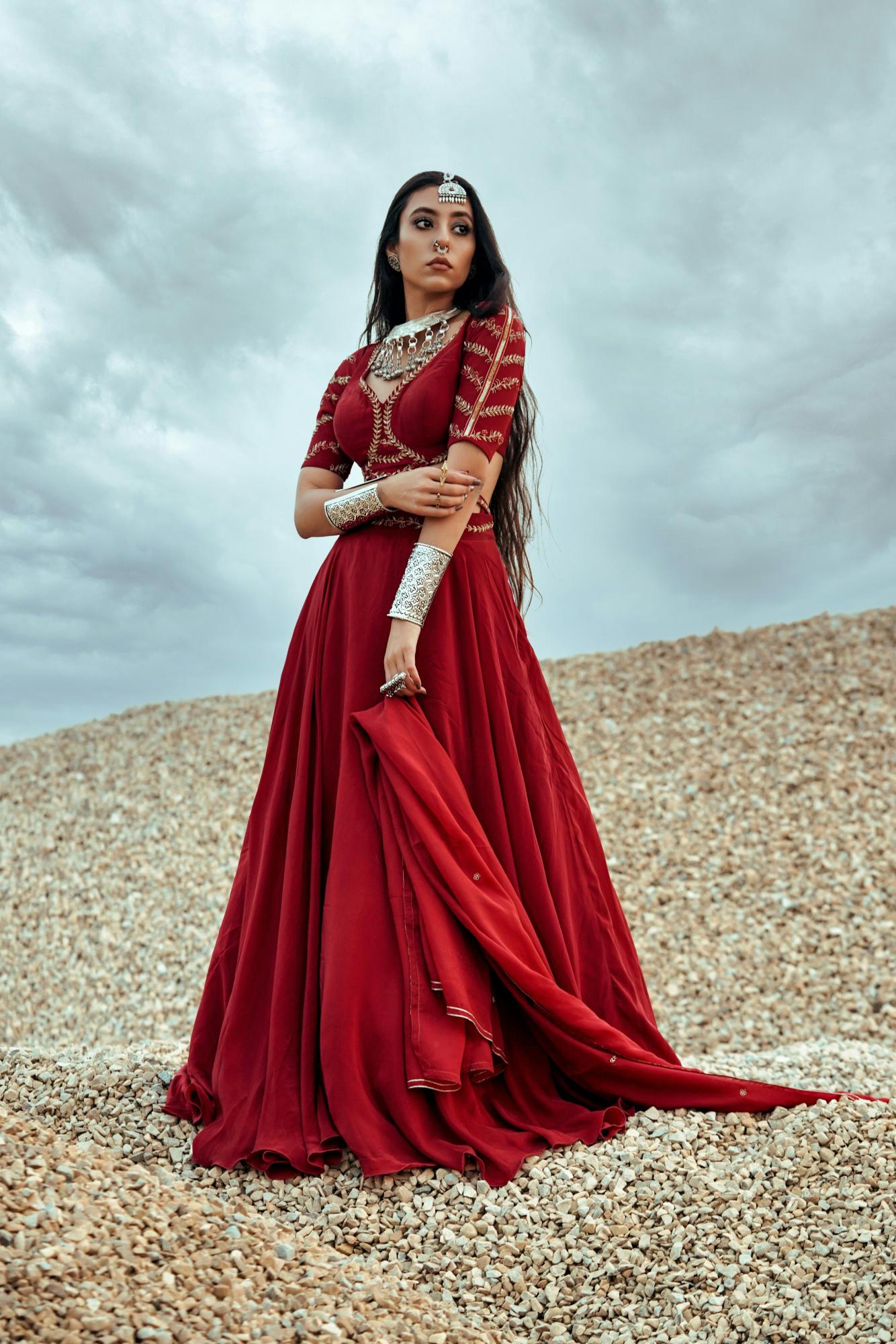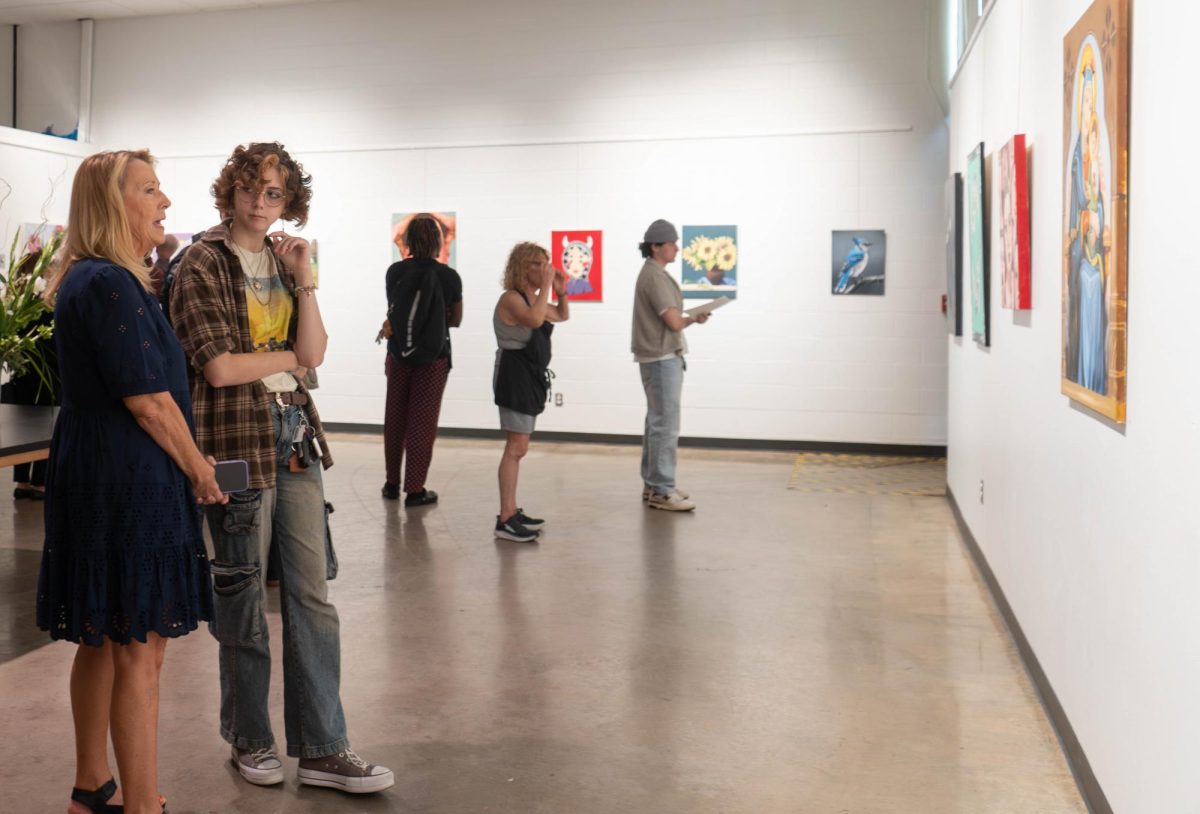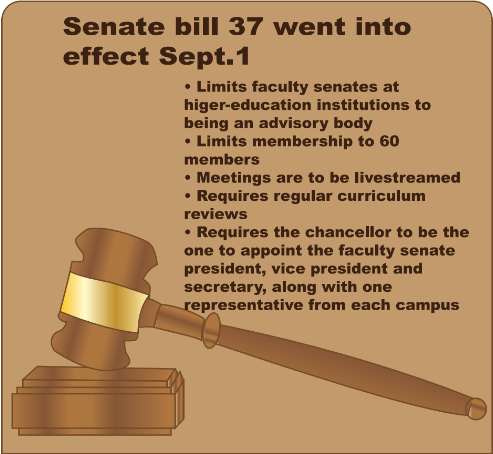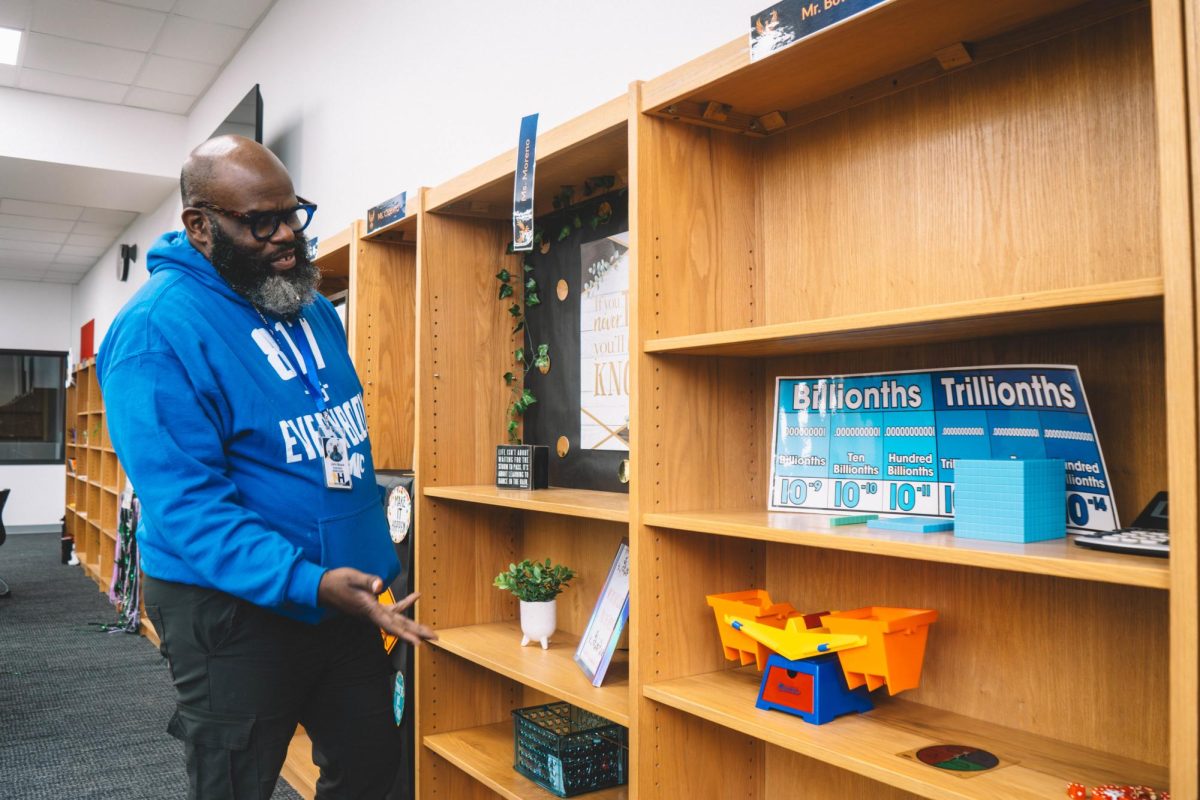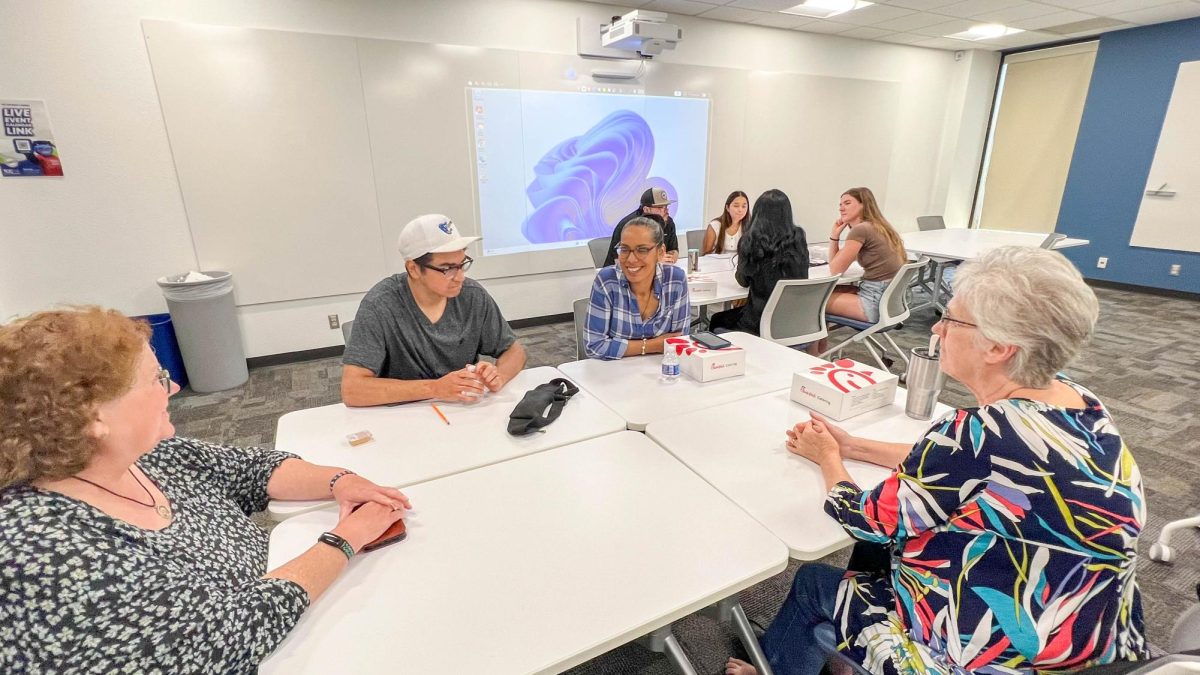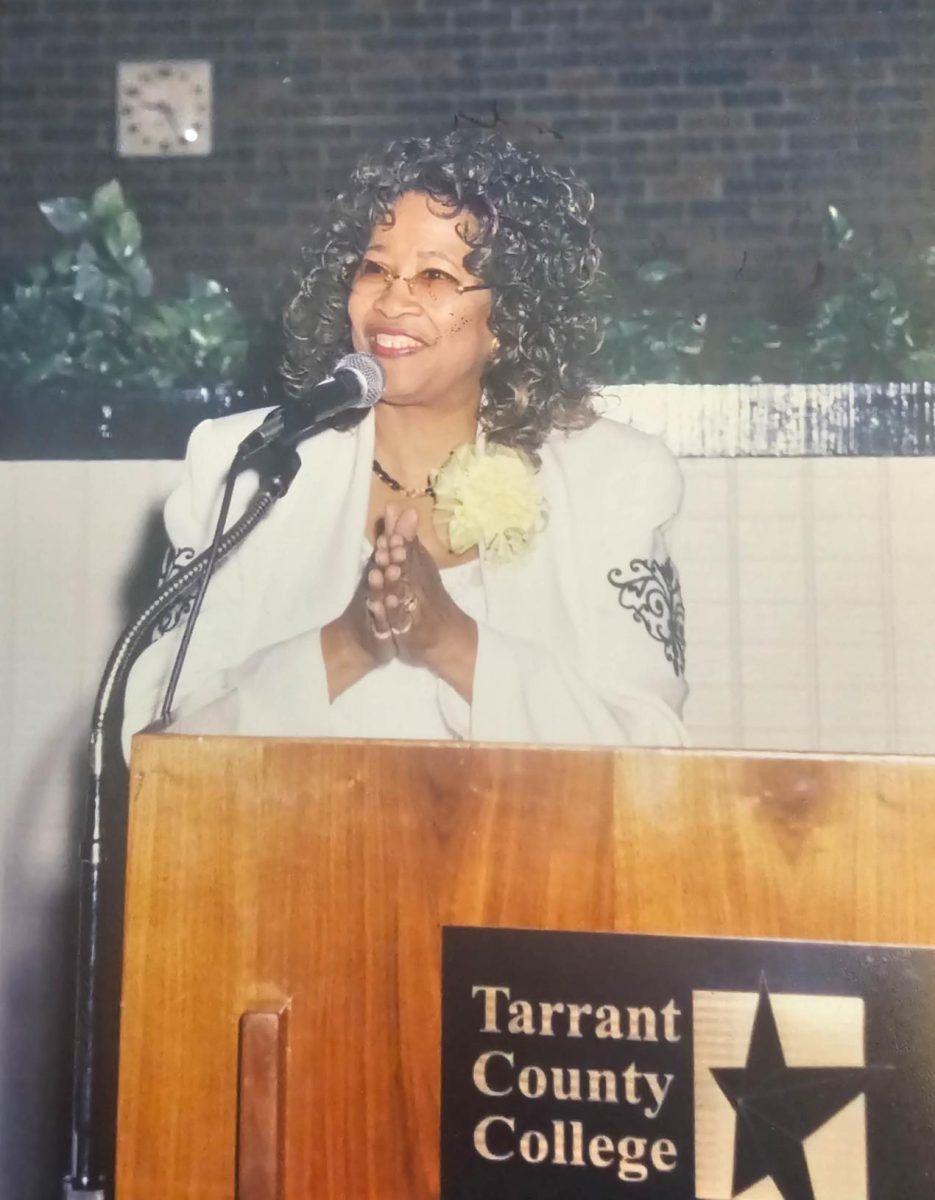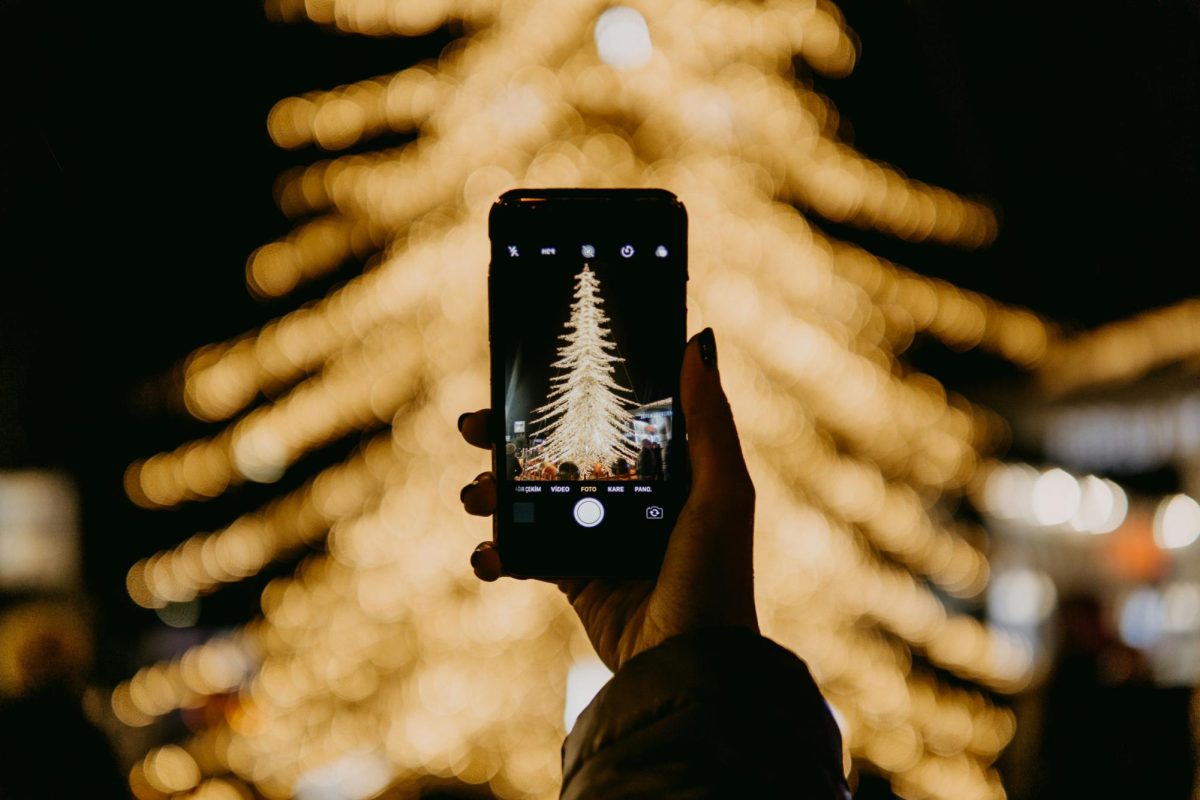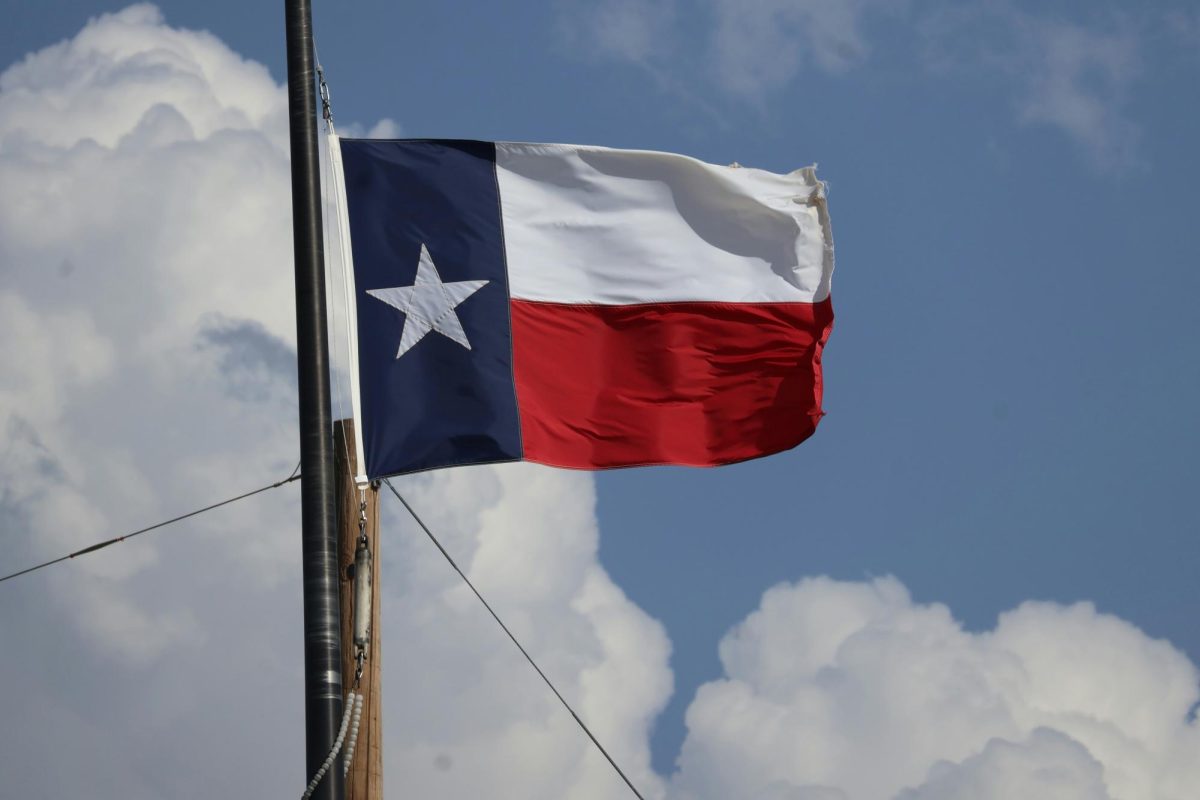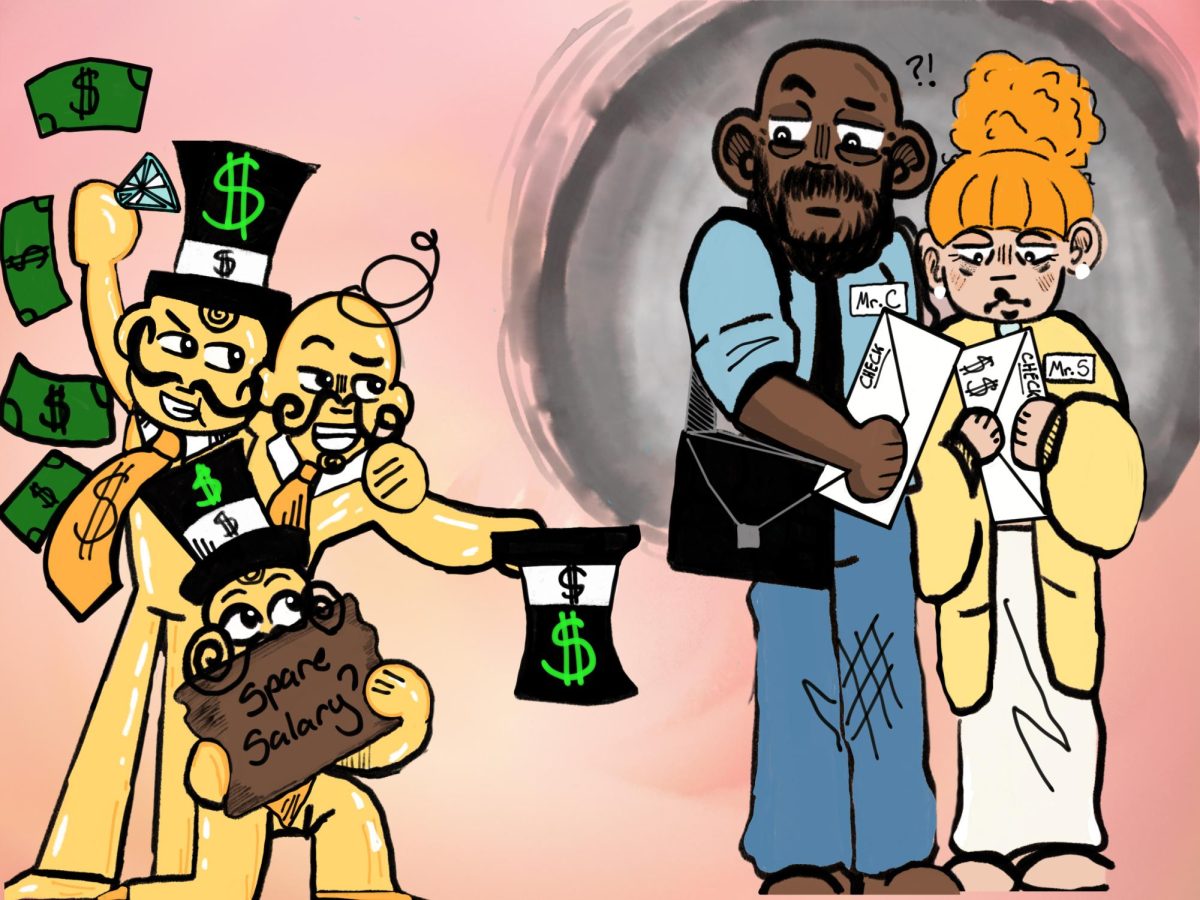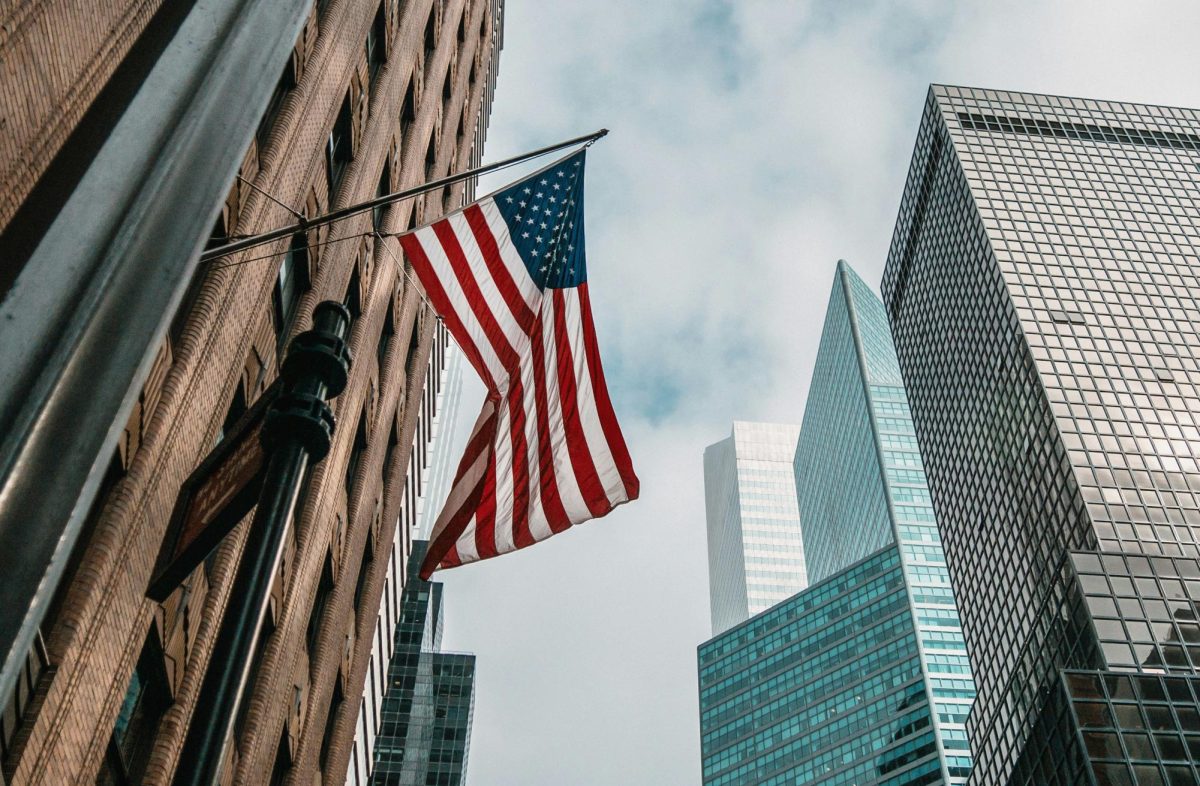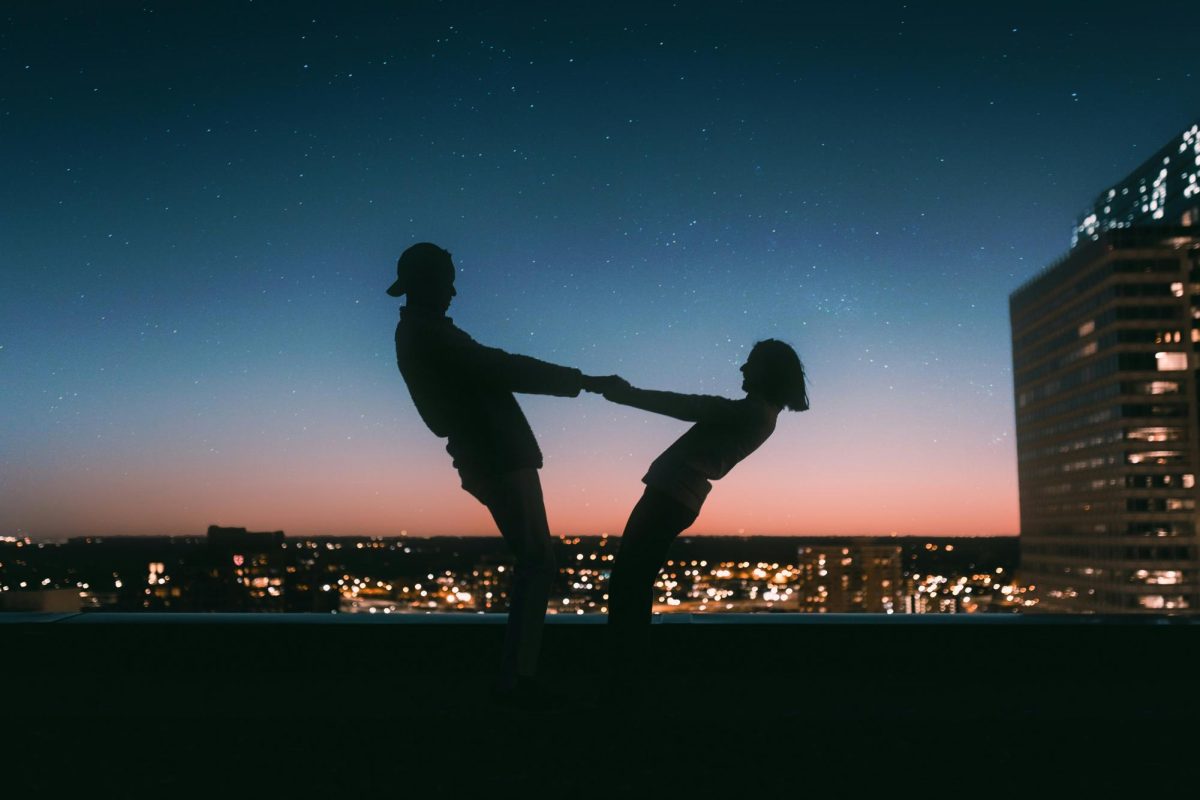From Scandinavian scarves to two-piece skirt sets, South Asian culture has always influenced western fashion trends.
Fashionable pieces like bindis, which are little red dots on the forehead, and chappal also known as flip flops, have become staples of western clothing, but only a few know the history.
As a South Asian girl who is deeply rooted within her Nepali culture, I look at recent trends and see a reflection of my culture, the only difference is the English names given to the cultural names of our traditions.
Our moms’ annoyingly constant demand to oil our hair up and put it in a bun or a braid has now taken its shape onto a “clean girl slick-back.”
Chai latte is another popular essence of the American autumn, inspired by the chai of Nepal and India but is a famous fall drink we see in every western girl’s grip during the month of October.
There are a lot more things that have become trendy recently in America, however those trends have always existed in South Asian culture. It is just that nobody wants to take a deeper dive into the history of where these trends get shaped by.
The “dress over pants” trend is just another name for salwar-kameez, a traditional South Asian attire that has been around for hundreds of decades. Likewise, the “boho-chic” style takes its inspiration from kurtas, another traditional desi attire.
My grandma’s borko, a shawl that kept her warm when she lived in Solu Khumbu, a village near Mount Everest, has now been named a “wrap” and is used as a layer for Euro style outfits.
The beads of Rajasthan have now made their way onto designer bags from stores based in New York.
I love that my desi culture is being popularized and integrated into fashion worldwide. However, the representation of fashion is not so accurate nine out of 10 times.
Why are we calling it a chai latte and not just chai? Why are we calling it naan bread and not just naan? Another word that is often misspoken is “Mo: Mo” since every westerner feels the need to pluralize it, calling it “Mo: Mos.”
I think it’s quite funny that decades of traditional food, garments and practices are unoriginal because they are now renamed with western emphasis.
Mehendi is another component of my culture that has taken its place in international fashion and style. The traces of henna on a bride’s palm, a way to avoid evil eye — a negative gaze — have now transformed into variations of designs called henna tattoos.
Lehengas, dupattas, shawls, saris, mehndi and bindis are not just fashion statements. They symbolize how Desis have overcome pessimistic stereotypes, successfully preserving our culture.
The remnant of our culture is found in fabrics, clay, henna and mustard oil in our hair.
These fashion pieces don’t only represent us as people, they also represent the years of hard work our mothers put into our upbringing. Putting henna in our palms, putting oil in our hair so it stays long and healthy and braiding a Nepali laccha into our hair are all cultural components we want people to respect rather than rename.
My mom, to this day, puts on a kurta top over her jeans and wears chappals on her feet to go to the nearest shop to buy churas, which are also known as bangles, to get ready for a function where she eats Mo: Mo and paneer tikka with naan.
She and other women like her are the epitome of traditional South Asian customs that have somehow inspired several fashion trends.
The desi culture is built on these women’s resilience and their traditional values. To replicate their style and claim it as original is nothing short of ignorant.

